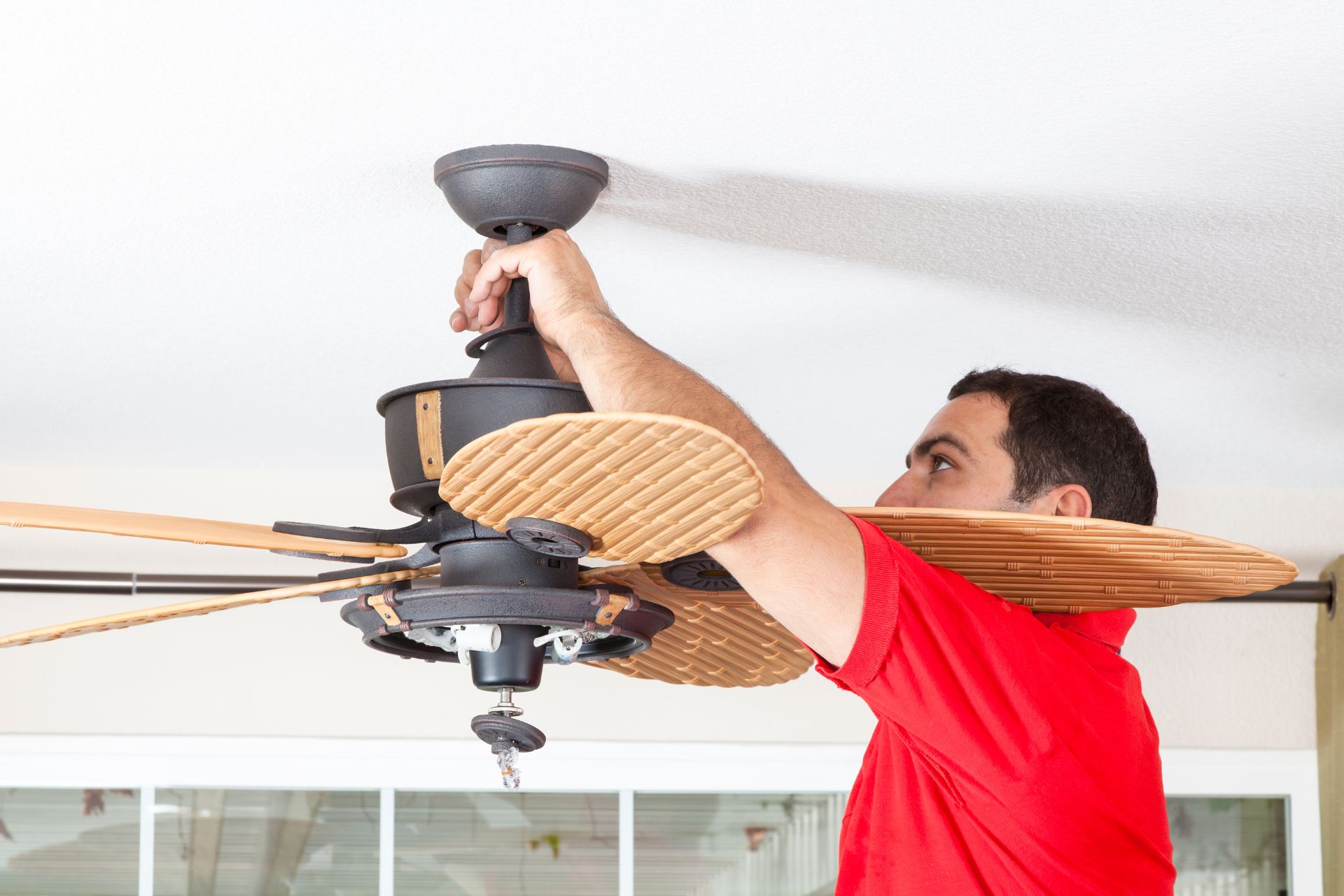How many wires do you need to install a ceiling fan? Some people don’t give this question much thought. They will use whatever they find. They don’t care whether the box has two or three wires. This mindset is dangerous because it fails to consider the threats associated with ceiling fans that don’t have that third wire. But is that third wire even necessary? What happens if you don’t have it? Can you get by with two wires?
Only Two Wires Coming From Ceiling Fan – Why?
Ceiling fans with two wires are somewhat rare. Most installations in residential settings have three wires. If yours has two, you have to consider the possibility that your house doesn’t have a ground. That is a much bigger problem than the absence of a third wire in the ceiling.
If you check your outlets, they will present the same symptoms. You will see two wires instead of three. In other words, that third slot on your three-prong outlet is useless. It doesn’t provide any grounding. This should concern you.
What Are These Two Wires?
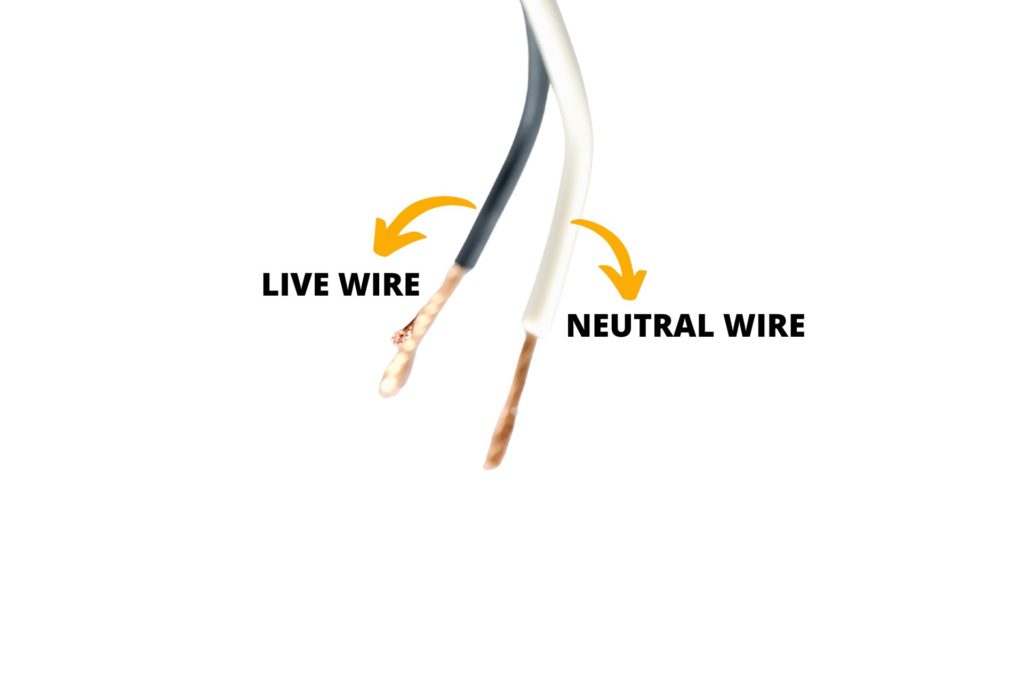
Most fans with two wires have a neutral and live wire. Technically speaking, these are the most important wires. Every circuit needs a live wire that brings the current from the panel to the device and a neutral wire that takes the current back.
You can run any device with these two wires, which is why they are always present. You rarely find grounding in older homes because ground wires were not mandatory in earlier decades. However, these ancient structures are always equipped with neutral and live wires.
Therefore, this is all you need to make a ceiling fan work.
What Wire Is Missing Here?
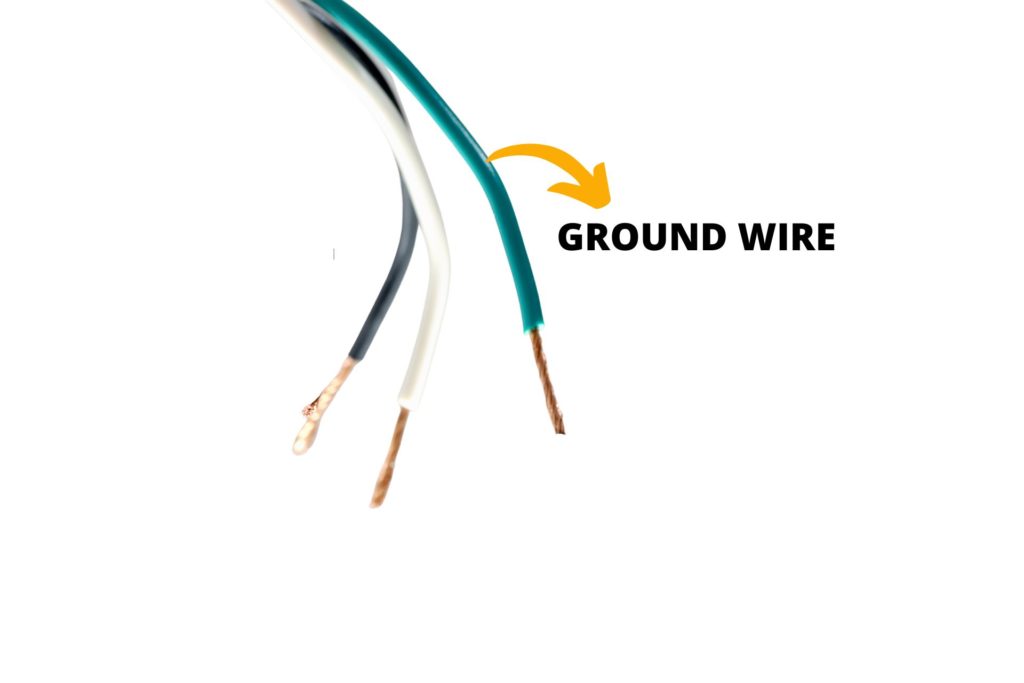
The missing wire is probably the grounding. I want you to add a ground wire to each new home you construct. But that was not always the case.
For that reason, many older homes don’t have grounding. Modern homeowners that inhabit some of those houses cannot afford to add grounding because it would mean re-wiring the entire house, which is an expensive undertaking.
Also, some contractors will ignore grounding in new homes to save money. Therefore, don’t be surprised if you learn that your home doesn’t have grounding. On the other hand, no sane contractor would ever wire a house without including the neutral and live wires. These conductors are always present.
How To Determine The Missing Wire?
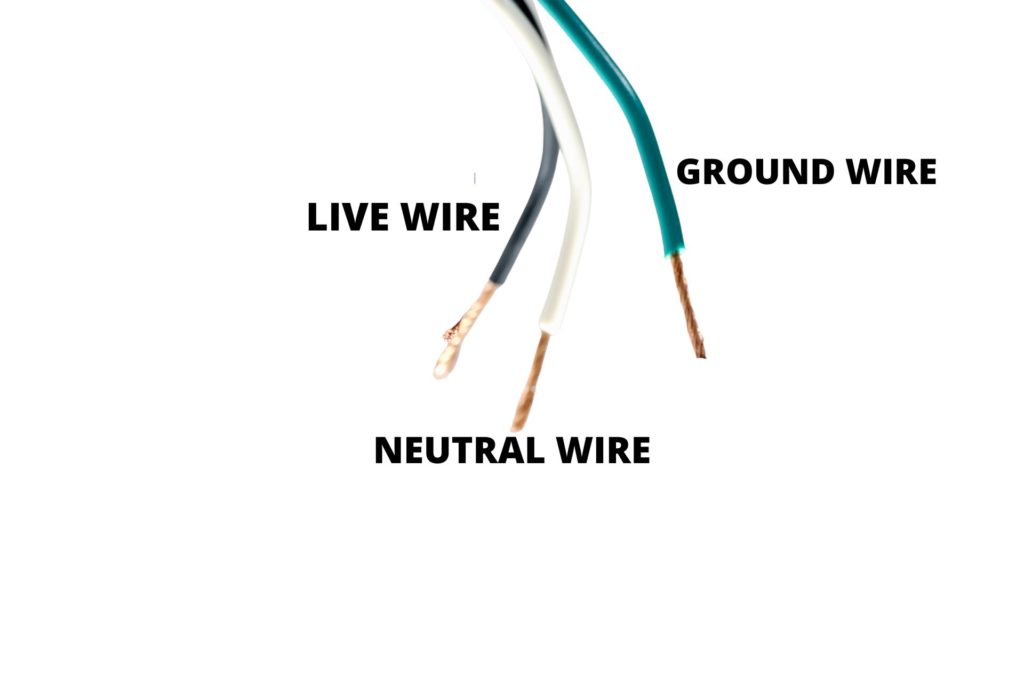
The live wire is the easiest to identify. Admittedly, all the cables are easy to identify if they have unique colors. People expect every wire to use a unique color.
But if you live on an older property, don’t be surprised if the colors of your wires fade over time. Once that happens, you should look for new ways of identifying the type of wire.
The live wire has a current running through it.
Therefore, touch each wire with a voltage checker until you identify the conductor that has electricity. The neutral wire doesn’t give you a voltage reading. If you can’t even operate a multimeter, call an electrician. They will identify the wires for you.
Is It Dangerous?
The practice is not necessarily dangerous. Look at it this way. If you can only see two wires, your house has no grounding, and the absence of grounding in a home is dangerous.
Grounding provides an alternative path for the current to flow when a surge or short circuit occurs. Therefore, a house without grounding is more likely to catch fire when things go wrong.
However, if nothing goes wrong, you don’t have to worry. But this is the challenge. You cannot have peace of mind if you don’t have grounding. Every time the lights flicker, you will wonder whether your appliances are about to explode because you don’t have protection.
But what of the fan? You have the same problem. The device doesn’t have protection. To be clear, you only need two wires to operate a fan. But that third wire acts as insurance.
You can remedy the issue if the box is grounded because you can run a wire between the fan and box to provide grounding.
Does It Work If There Are Only Two Wires?
To operate an electrical device, you need a live wire that brings electricity to the item and a neutral wire that takes the current back. If your fan has those two conductors, it will work.
For that reason, you have to start by identifying the wires you have. If you have two wires, don’t be so quick to identify them as hot and neutral.
What if you have a neutral and ground, or a live and ground? Those combinations cannot work.
Therefore, your ability to run a fan with two wires depends on the two wires you have. Laypeople may struggle in this area because they don’t know how to identify the different cables.
How Do You Wire A Ceiling Fan With Just 2 Wires?
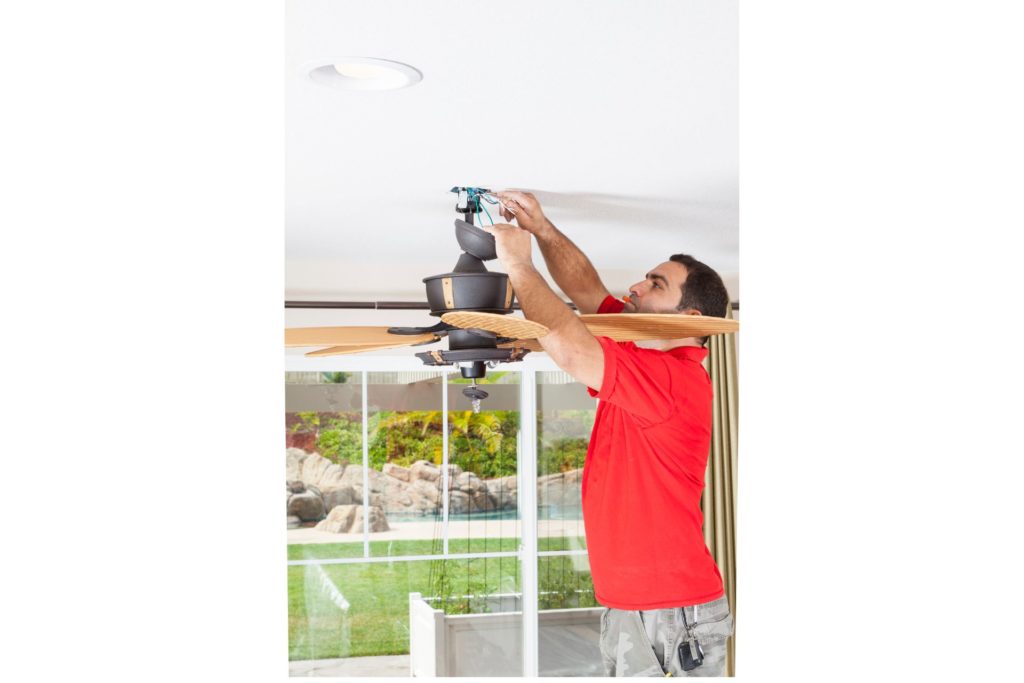
1). Inspect the site. Which wires do you have? You need a black live wire and a white neutral wire. Without these two conductors, you cannot run a fan. You can proceed with the installation if you have both the live and neutral.
2). Have you assembled your fan? This stage may present a challenge for laypeople, especially if you’ve never handled a fan before. You can’t install the fan without assembling it.
3). Get a ladder, table, chair, or any other object that allows you to reach the ceiling comfortably. If heights are a problem, you should ask a friend to hold the ladder while you work.
5). Attach the fan. Make sure the nuts and bolts are secure. Otherwise, the fan may fall on the heads of unsuspecting passersby.
6). Connect the wires. The fan’s black wire runs to the black wire in the ceiling. Do the same for the white wire. If you connect the cables correctly, the fan will work. If you make a mistake, the fan won’t work.
But this shouldn’t scare you. Take a moment to study your wiring. Use the multimeter. Make sure you connect the correct wires. Don’t turn the breaker on until you have confidence in your work.
Normally, How Many Wires Does a Ceiling Fan Need?
If your goal is to run the ceiling fan, you need a black live wire and a white neutral wire. The live wire takes power to the fan while the neutral wire brings it back to the panel.
However, while the ceiling fan will work, it won’t be safe. You need a third wire, a ground wire. This line is either green or bare. The ground wire allows the excess current to flow to the earth when things go wrong.
Without that ground wire, you run the risk of starting a fire. But if you don’t have a ground wire, what happens next? What can you do? The obvious solution is to add a ground wire to your property.
But you may spend thousands of dollars depending on the complexity of the task. A cheaper and easier option involves connecting the ground wire to the fan if it has a metal body or a screw.
I want you to run the ground wire to a ground pole.
Running a fan without a ground wire is dangerous because people may touch the device when it is energized. You can overcome this risk by using a remote-controlled fan. This makes touching the fan unnecessary.
Safety Precautions For Wiring A Ceiling Fan
1). Have you checked the building codes? Are you allowed to install the ceiling fan without a permit? This isn’t necessarily a safety precaution, but it matters because you could incur expensive penalties if you ignore your local regulations.
2). Do you have a fixture on the ceiling? If you don’t have one, you should hire a professional. Even if you’ve decided to install the fan yourself, laypeople don’t have the skill or experience to install a fixture. Let an expert perform this task. They are better equipped.
3). Test the wires before you proceed. The last thing you want is to confuse the neutral or ground for the live wire. Keep an eye out for white neutral cables with electrical tape. The electrical tape typically proves that someone decided to use the neutral line as a hot conductor.
4). Turn the power off. If you touch the wrong wire during the installation process, you could die. To avoid unnecessary shocks, find the main breaker and de-energize the circuit. Add a label that warns other people against switching the power back on while you work.
Your home’s inhabitants may not realize that you de-energized the circuit intentionally.
Related Post:

